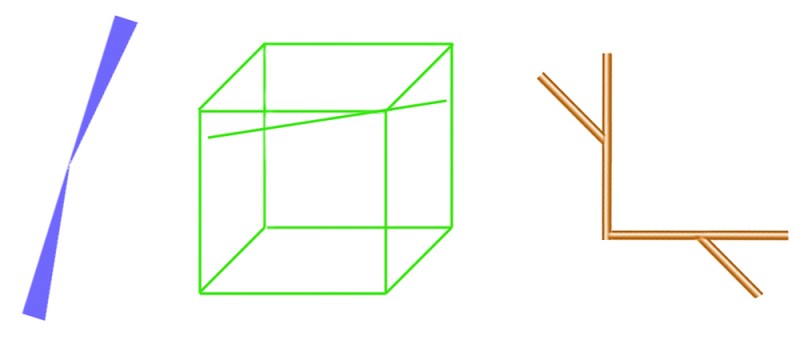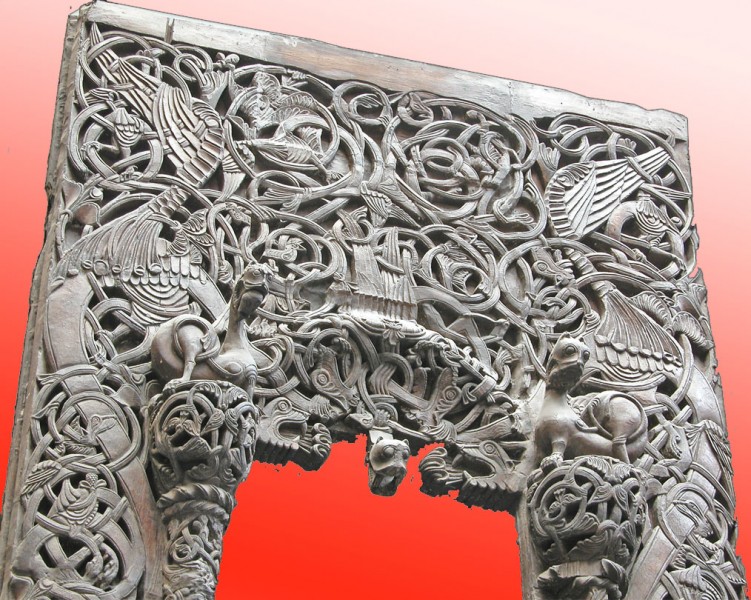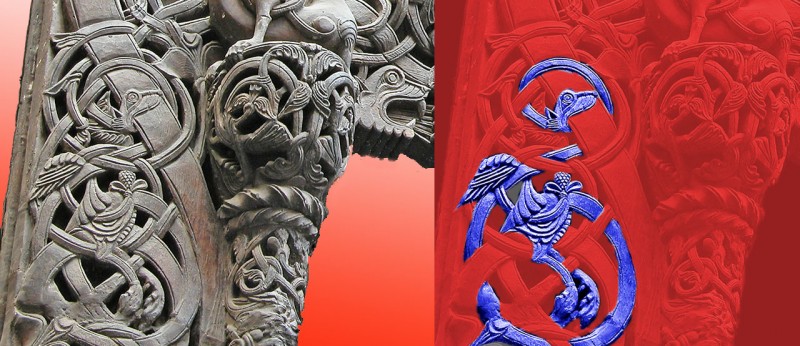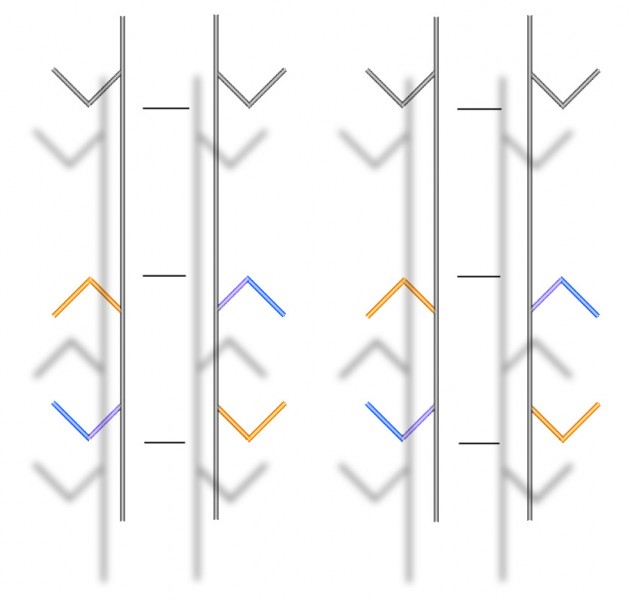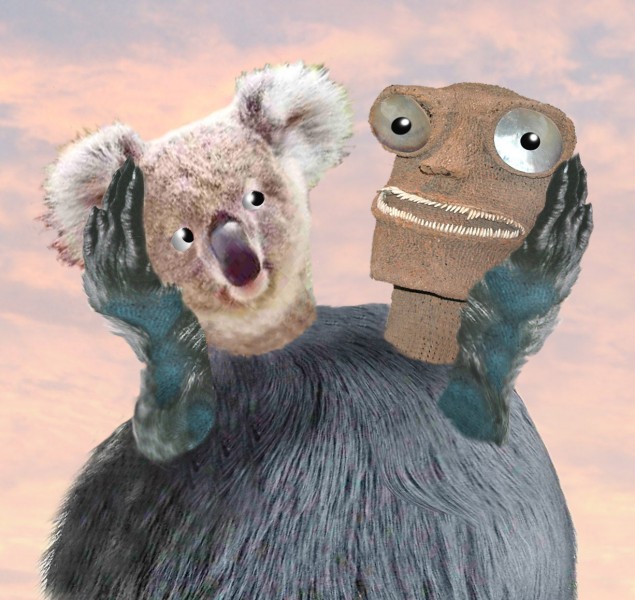This is a variant on one of the famous demonstrations devised by USA born Adelbert Ames II, the Ames Window. Watch the name Adelbert rotate, and it just goes around clockwise. So does its shadow. But then watch the name Ames II rotate. At a certain point, it changes direction, and starts to rotate anti-clockwise. At that point, I find I can see the shadow of Ames II go around either way.
The change in direction appears because what’s rotating is not the name Ames II as it would usually appear on a page, but a perspective view of it. It’s receding into the distance with the A end nearer to us, and large, and the II end further away, and smaller. But that means that as the name rotates, at a certain point the smaller end starts to get nearer to us, and the larger end further away. That’s so contrary to anything that ever happens in everyday vision that our brains won’t accept it. The instant the smaller end of the name tries to swing past the point at which it would be nearer to us than than the large end, the rotation appears to reverse. The reversal looks a bit odd, but that’s a price our brains seem happy to pay, if it keeps the large and small ends of the name looking like they’re where they should be.
If my attention is on the Ames II bit of the image, in my periphery strange things also start to happen to the Adelbert bit. When Ames II changes direction it seems to pull Adelbert around with it. That’s OK for the first quarter turn, when the letters of Adelbert are seen as if from the back. But once they swing round to a front view, there’s a conflict and I’m not quite sure which way it’s turning.
The demo is just about the opposite of the earlier post with the figure of Mercury rotating. In that demo, the rotation of the silhouette is ambiguous. There’s nothing ambiguous about the Ames demo: the lettering enforces one direction of rotation at any point, even if the result requires an about turn.
There’s a brilliant online demo of the window version with a commentary , and also with a visually baffling added feature, by psychologist Richard Gregory.
